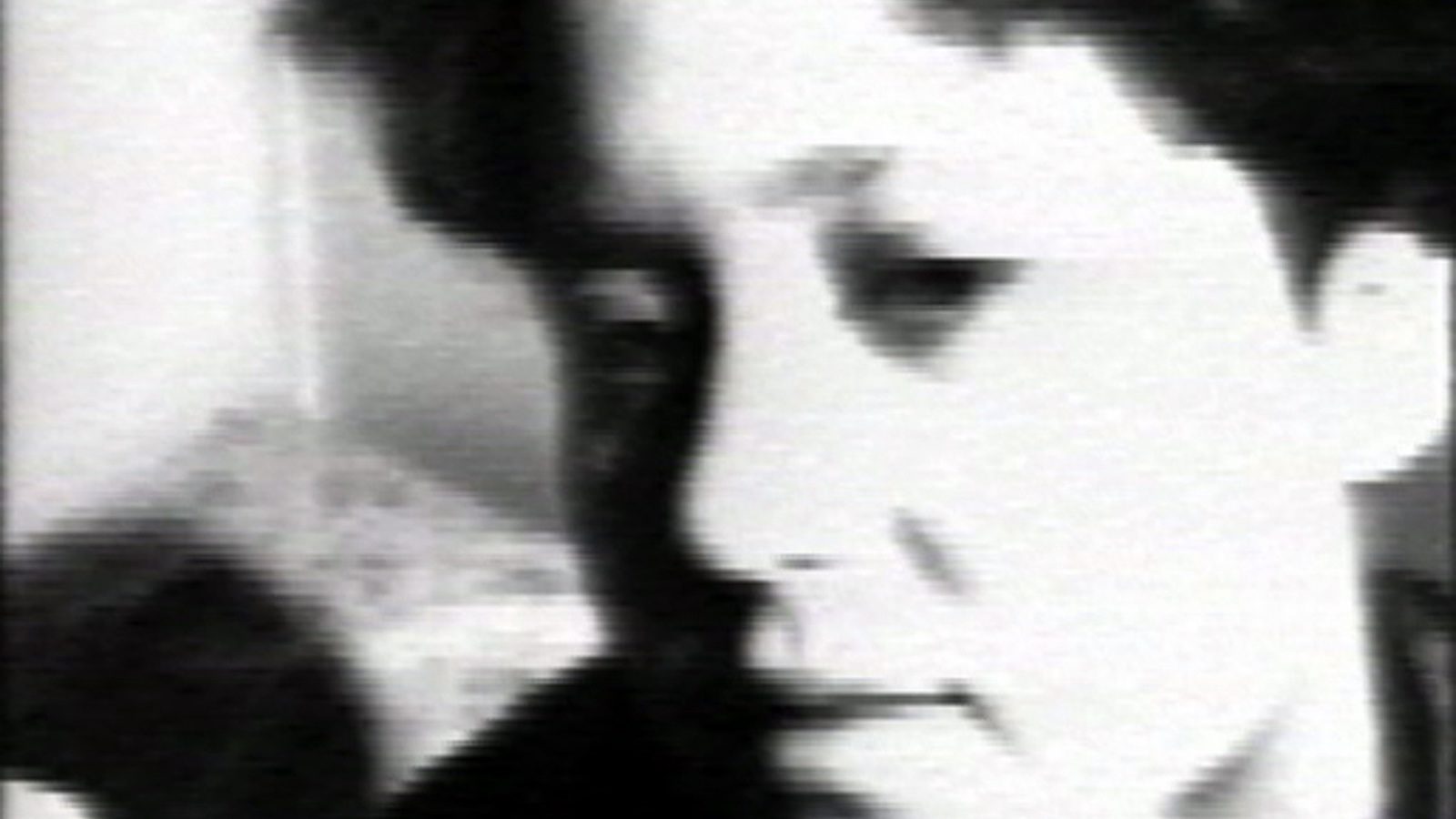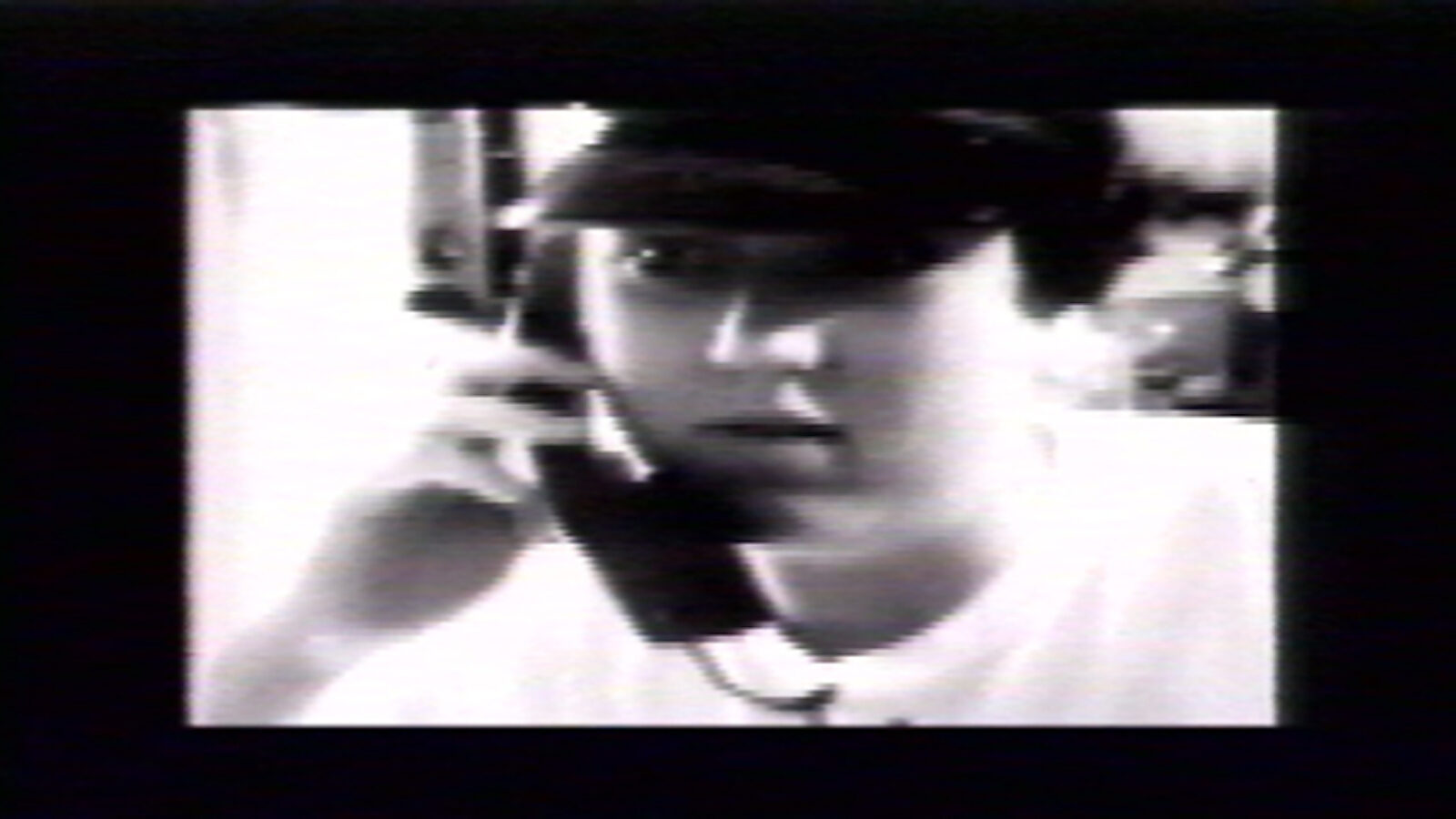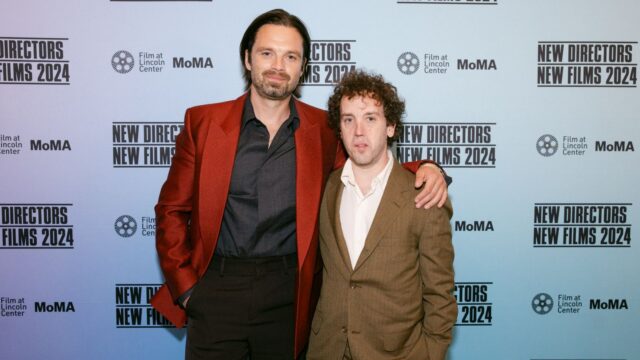Program 7: Joe-Joe
Following up on Cecilia Dougherty’s earlier tape Grapefruit, her all-woman retelling of the John and Yoko saga, Joe-Joe delivers a comically deadpan imagining of Joe Orton, with the ill-fated playwright cast as a leather-clad dyke duo, Joe and Joe. “Dougherty and Singer manage to create just the right visual universe for Joe-Joe and for their various enterprises: literary, sexual, familial, and otherwise,” argued Jack Halberstam. “The primitive video pixelvision effect is used to empty any given scene of depth and to create a cramped and claustrophobic feel to each frame. The superficiality of pixel works beautifully with the Joe-Joe project because this video is precisely about the multiple layerings of identity and the way that one identity (lesbian) can be simply superimposed upon another (gay) to create a totally altered visual and aesthetic reality.”
Programmer Thomas Beard on Pixelvision, the “Underappreciated Flipside of ’90s Indie Cinema”:
I bought a PXL 2000 on eBay years ago, back when I was in college, but unfortunately I could never get it to work. The Pixelvision camera was kind of legendary, a plastic camcorder for kids put out by Fisher-Price in the late ’80s that recorded its ghostly, low-res images onto a regular audio cassette. As a toy, the PXL 2000 was rather a bust, yanked from the shelves after only a year—they were too expensive, they were temperamental—but the story of Pixelvision doesn’t end there. It had a look like nothing else, a dreamy visual texture, fuzzy as a faded memory, and the format had a surprise second act in the hands of experimental filmmakers, who used the device to shoot some truly remarkable movies, like Michael Almereyda’s Nadja, a wry riff on the vampire picture, or Sadie Benning’s teenage bedroom tapes, which, in my estimation, are among the most moving and imaginative records of queer adolescence ever made.
Over the years there have been a number of one-off Pixelvision screenings, but nothing this comprehensive, and many of the titles aren’t currently available on DVD or Netflix, so if you’re intrigued by the curious afterlife of the PXL 2000 and the challenging, strangely beautiful films it captured, now’s the time to check them out. Think of this series as the underappreciated flipside of ’90s independent cinema.








